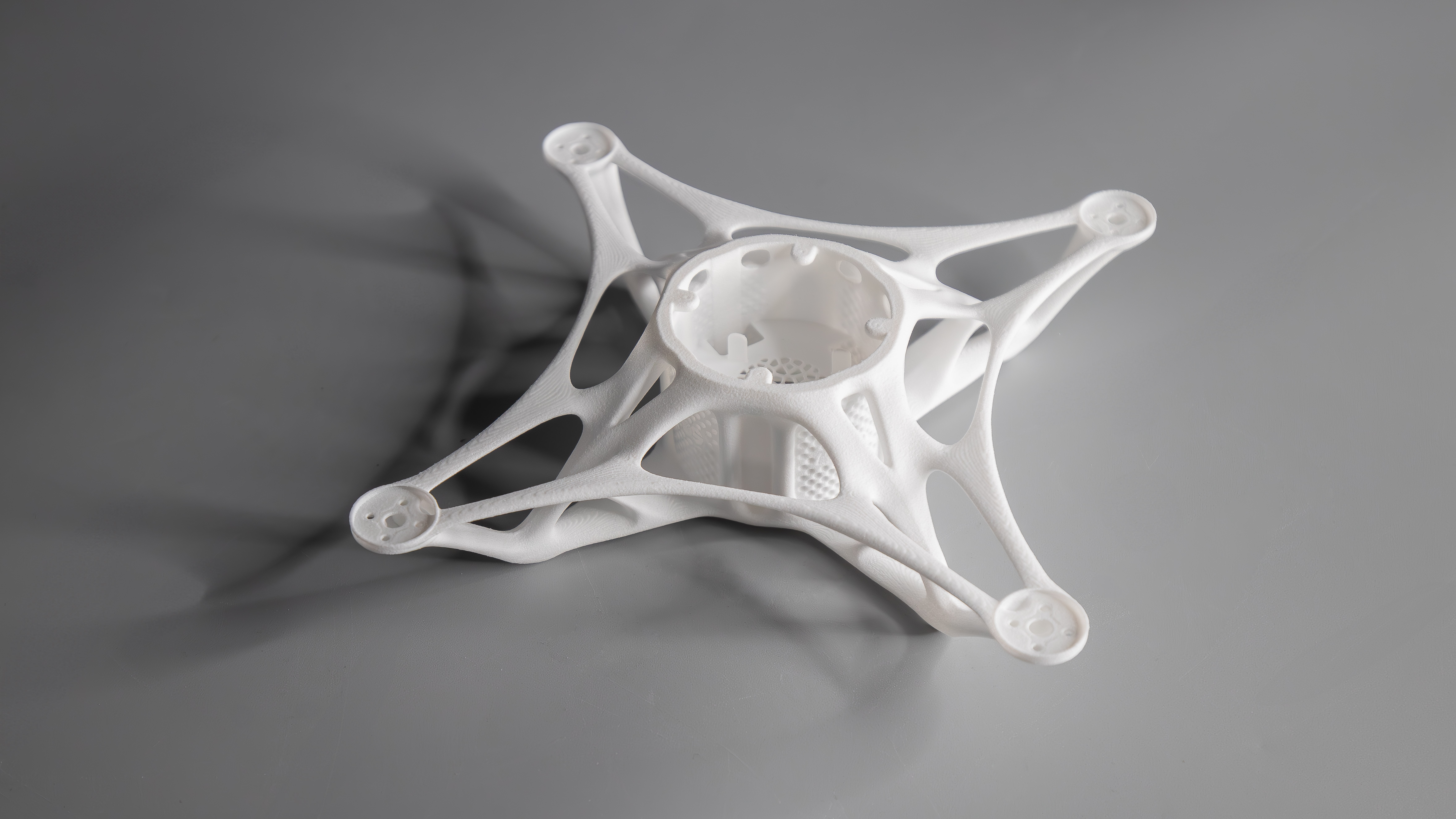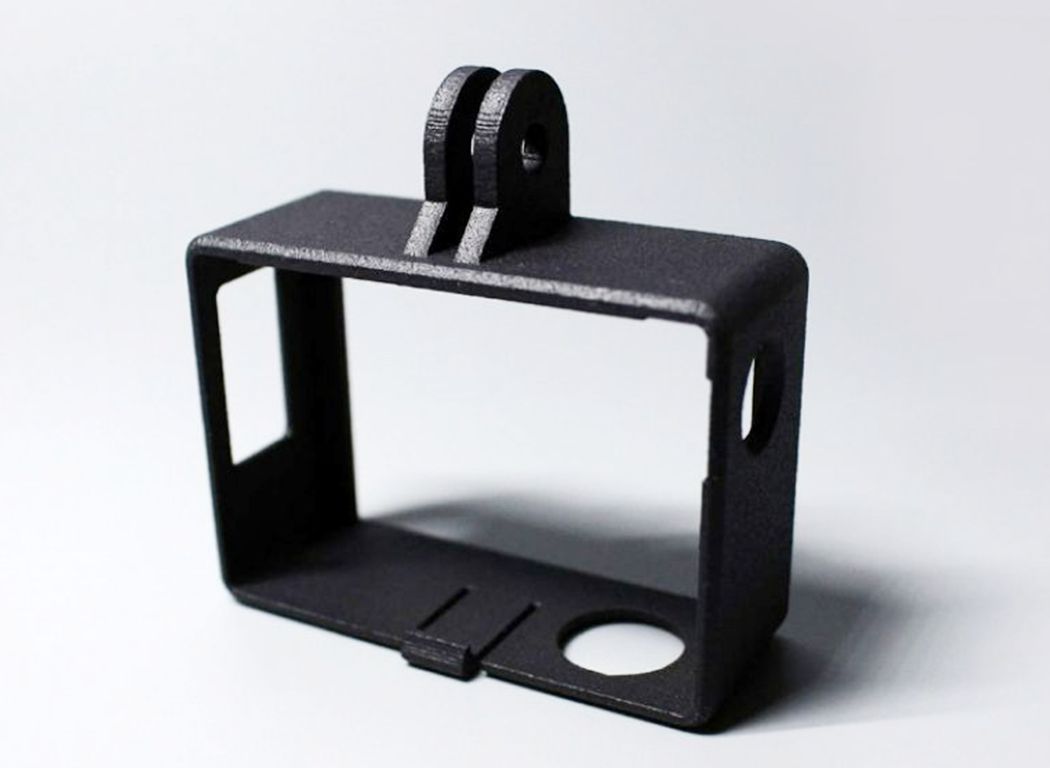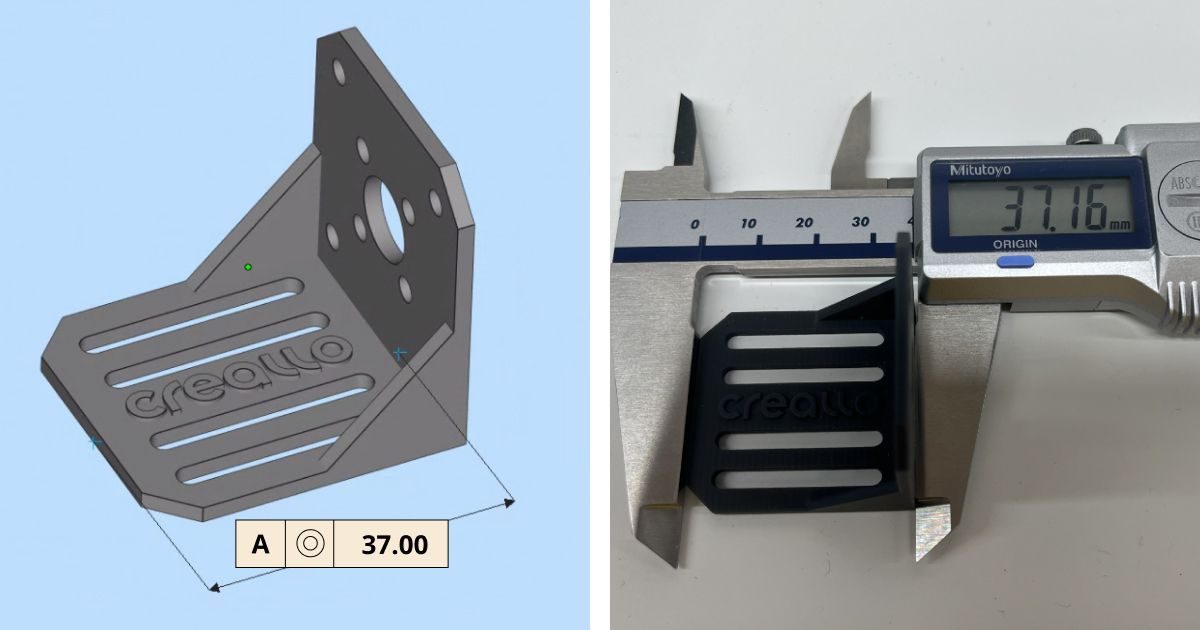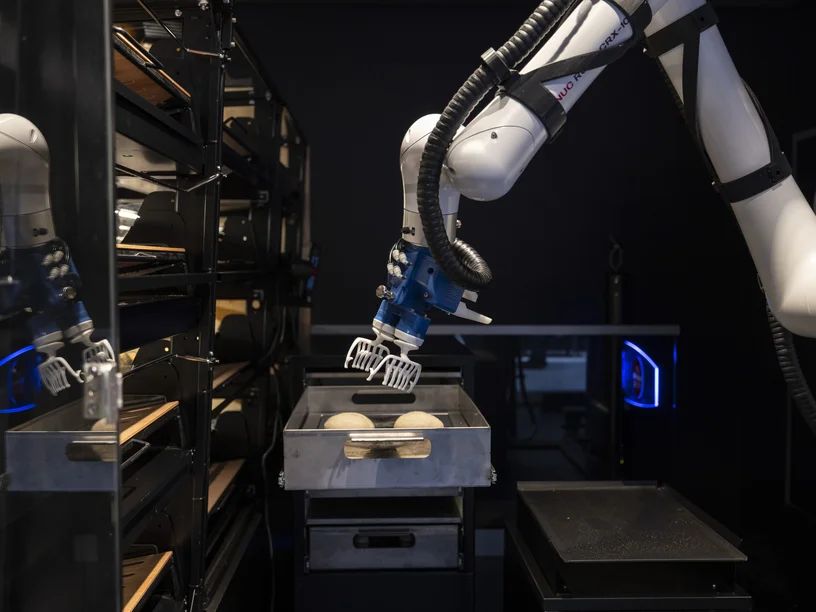SLS vs MJF: Choosing the Right 3D Printing Method for Your Product Requirements
AUTHOR: Creallo Marketing Team|2025.07.02
Which 3D printing technology is better? SLS or MJF?
This is one of the most frequently asked questions in B2B product development. But there’s no single answer. The optimal method depends on your manufacturing purpose, part size, material requirements, surface finish needs, and lead time.
In this guide, we compare two widely used powder-bed fusion technologies — SLS(Selective Laser Sintering and MJF(Multi Jet Fusion) — to help you choose the right one for your project.
Technology Overview & Comparison
SLS (Selective Laser Sintering)
- How it works: Uses a CO₂ laser to sinter nylon powder layer by layer.
- Materials: PA12, PA11, Alumide, flame-retardant & food-grade variants.
- Advantages:
- Broad material compatibility
- Excellent for large parts
- High strength and thermal resistance
- Limitations: Rough surface finish (post-processing needed)
- Typical use cases: Engine housings, heat-resistant parts, functional prototypes

MJF (Multi Jet Fusion)
- How it works: Fuses powder using a combination of binding agents and infrared heat.
- Materials: PA12, reinforced PA12, PA11, TPU
- Advantages:
- Fast printing speed
- High edge detail accuracy
- Limitations:
- Limited material selection
- Output color varies (grayish tones)
- More brittle than SLS due to binder agents
- Typical use cases: High-precision fit parts, functional end-use products, short-run production

Side-by-Side Comparison
| Feature | SLS | MJF |
| Printing method | CO₂ laser sintering | Binder + infrared fusion |
| Base color | White | Gray |
| Post-processing | Extensive options | Limited (painting, dyeing) |
| Material compatibility | Wide range | HP-approved materials only |
| Bio/food safety | Yes (with eco-friendly materials) | Limited (due to chemicals) |
| Best for | Medium to large parts, volume production | Small parts, rapid prototyping |
| Maintenance | Stable, long-term | Higher consumables cost |
Build Size & Cooling Time
| SLS (mm) | MJF (mm) | |
| Maximum Build Size | 550x550x750 | 380x284x380 |
| Cooling Time | 10-20 hours | 10-20 hours |
Can SLS and MJF Be Used Interchangeably?
In many cases, yes — especially for functional prototypes and end-use components. Their design rules are almost identical, with tolerance differences being the main consideration.
Examples include:
- Functional prototypes: PA11, PA12, reinforced PA12 brackets, housings, clips
- End-use parts: Connectors, device housings, small gears
- Flexible parts: TPU-based seals, joints, and gaskets
Choose Based on Your Manufacturing Objectives
SLS is ideal when:
- Color consistency and branding are important
- Bio-compatible or food-contact parts are needed
- High volume or large-format parts are required
- You need customizable process conditions
MJF is better suited for:
- Tight lead times
- Fine details and thin walls
Get Parts Printed with SLS at Creallo
Creallo offers advanced SLS 3D printing services with the Asia-first EOS P3 NEXT system. Upload your 3D file and experience:
- Real-time DFM feedback
- Instant quotes and lead time checks
- Wide post-processing options for branding
Additionally, MJF production is supported through Creallo’s global manufacturing network, enabling reliable output across both SLS and MJF. This allows you to choose the optimal process for your project needs.
We go beyond simple print-on-demand services to help you achieve your product goals more accurately and efficiently.
Experience the latest SLS & MJF 3D printing technologies with Creallo today!
- Learn more about Creallo’s 3D Printing Services
- Explore Creallo’s Supported 3D Printing Materials
- View Creallo’s 3D Printing Portfolio
- Learn the Differences Between 3D Printing Technologies


